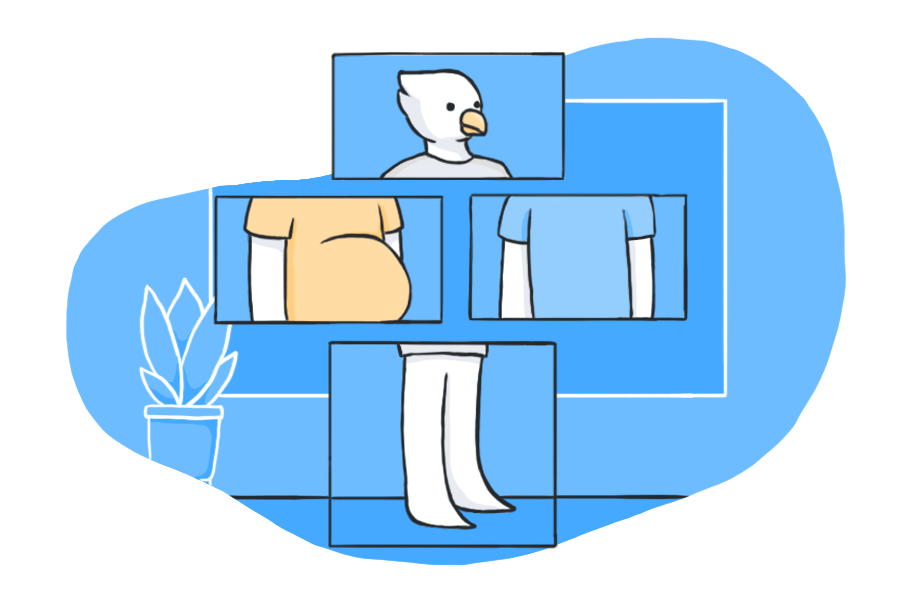While there’s a lot of platforms out there that helps you find great freelancers, people seem to still have issues finding the right freelancers for their needs.
In the US alone, there is an estimated 57 million freelancers! In the developed markets, freelancers represent around 20% – 30% of the total productive demographics. Imagine having to sift through all these candidates for your project.
So what is the best way for you to find the right freelancers? Here are some tips.
1. Figure out your needs first
To do that you need to know the following clearly:
What do you need delivered/produced?
You AND your team need to be aligned on what you need from these freelancers. If you and your internal stakeholders can’t agree on this, good luck trying to explain the job scope to someone external to your organisation. Be very specific with your requirements so that you can communicate this clearly with your freelancers.
How will you be working? What is your team’s working style?
Figure out how your team is currently working? Do they prefer team members that are co-located, or are they used to having remote team members?
Are you going to be doing a lot of collaborative work or is the work going to be following a waterfall model? This matters because you for the latter you might want to hire a freelancer that is working in a different timezone so that work can be done continuously during a 24 hour period.
To figure out how to define your needs clearly, you can refer to this post.
2. Write out a clear job description for the role (not the task)
Yes. Even though you are hiring a temporary talent for a specific project, you still need to have clarity on what the job-to-be-done is.
And we are not just talking about the project scope. We are also talking about how things should get done, the expectations you have as an employer, etc.
Fleshing out a clear job description will help you find not just someone with the right skills to help you, but also someone with the right culture who can fit into your workflow and team dynamics.
3. Find the right channel to hire
Not all channels are built the same.
Right now there is a lot of freelancer marketplace out there, where you can find a huge pool of talents. These marketplaces are great if you are looking for someone for small projects that are not critical to your business. The reason is because most of the talents on these marketplaces are not vetted, and the quality of work they deliver is not guaranteed. It is still a great place to start, especially if you want to get a project staffed quickly.
If you are looking for someone for a very strategic project, you may not want to take chances with these open marketplaces, where anyone with an internet connection can easily sign up without vetting. Opt instead for specialised platform that focuses on freelancers with specific skills. You can check out Toptal for engineers, Reedsy for ghost writers, Storyhunter for video production experts, and Sweet Escape for photographers. These platforms tend to be more expensive, but your talents are pre-vetted.
If you are trying to build a long-term relationship with your freelancers, it is difficult to build your network through these marketplaces as most of them prevent you from ‘poaching’ their talents. They lose money if you do. Your best bet in that situation is to get freelancers through referral. Experienced freelancers are generally quite well-connected within the industry and will be able to recommend people they have worked with. Recruiting through referral is often the most reliable way to get high quality talents quickly.
You can also leverage conventional recruitment platforms such as Indeed and LinkedIn to look for your freelancers. These platforms have robust hiring process, and generally allows you access to a broader network of people. Hiring directly allows you to build direct relationship with these freelancers, and is a great way to find freelancers that you can leverage for the long haul rather than just for a one-off project.
4. Ask for sample work or freelancer’s portfolio
This is a big must. Do not start engaging work if your freelancer does not have a strong portfolio to back their skills or CV’s.
But isn’t this a chicken and egg issue? Freelancers need projects before they can build their portfolio. WRONG.
Serious freelancers should have some sample work they can show. Whether or not it’s their personal work, or work that they commission pro-bono, they should have something tangible that they can show you.
Once you get hold of their portfolio, you need to see if they have good attention to detail. Make sure their portfolio is put together professionally. Their portfolio is their ad for themselves. If they cannot produce good quality work to represent themselves, what makes you think they will produce good work for others?
5. Ask for past client reviews and recommendations
This is another very important aspect in recruiting great freelancers. While portfolio is a great way to show their skills, client reviews are a good way to show their reliability, discipline, communication and collaboration skills.
Remember that freelancers are free agents that you are bringing into the team to add value. If they do not have the necessary skills to communicate and collaborate, it is unlikely they will generate meaningful value for your team regardless of their skilfulness.
Great freelancers should naturally have collected positive quotes their clients send them through emails and should not have issues asking for a recommendation from their past collaborators.
6. When in doubt, test
If you are still doubtful about your freelancers’ capabilities and fit for your team, test them out first. Commission a small project that gives you an insight into their working style and abilities.
This way you are not risking your entire project. Freelancers respect that too because you are not the only person who is doing the assessing. Great freelancers also want to make sure that they are building a network of great clients to work with.







